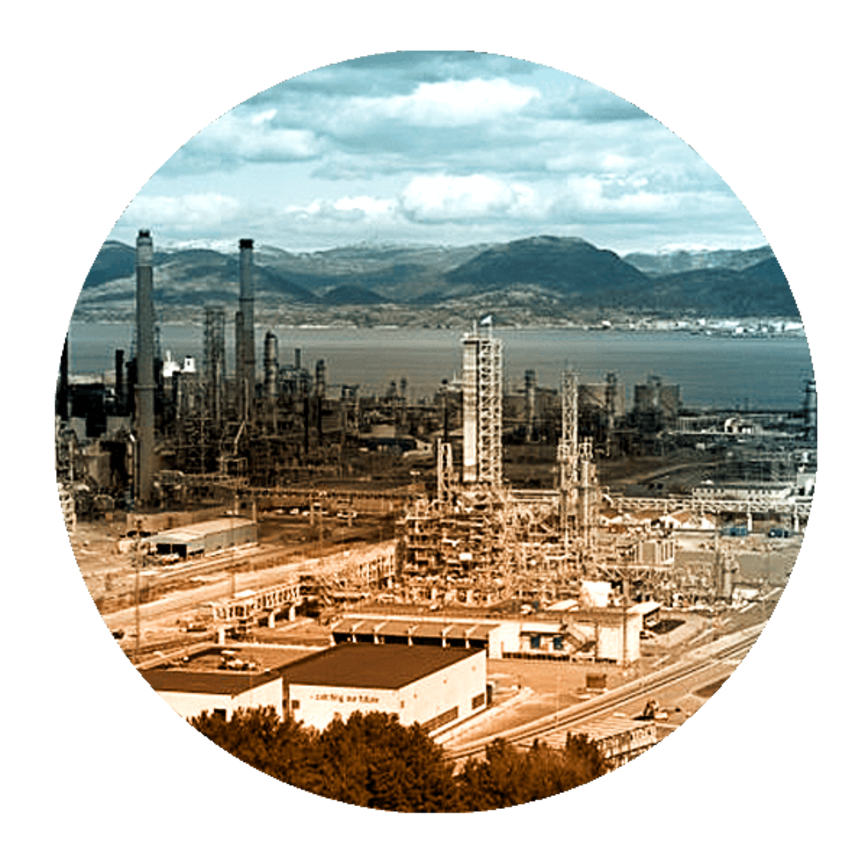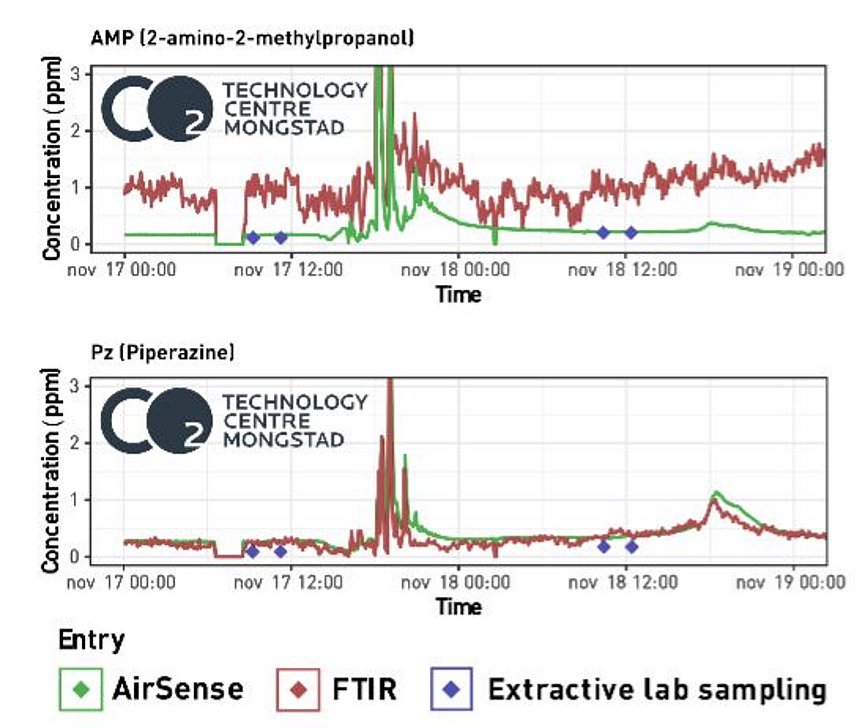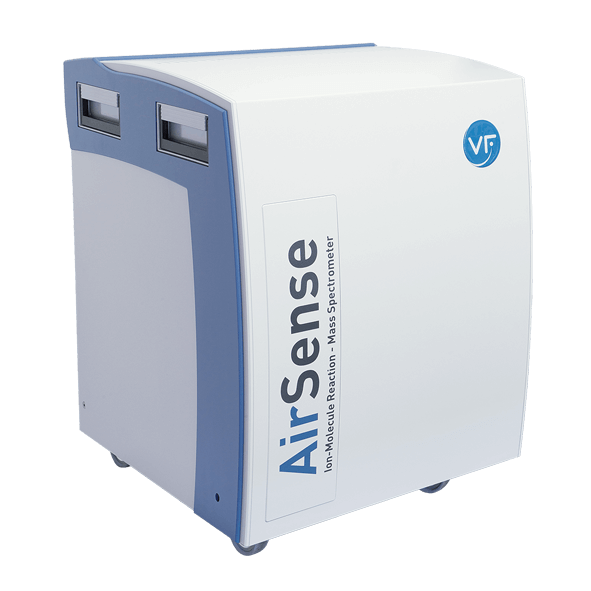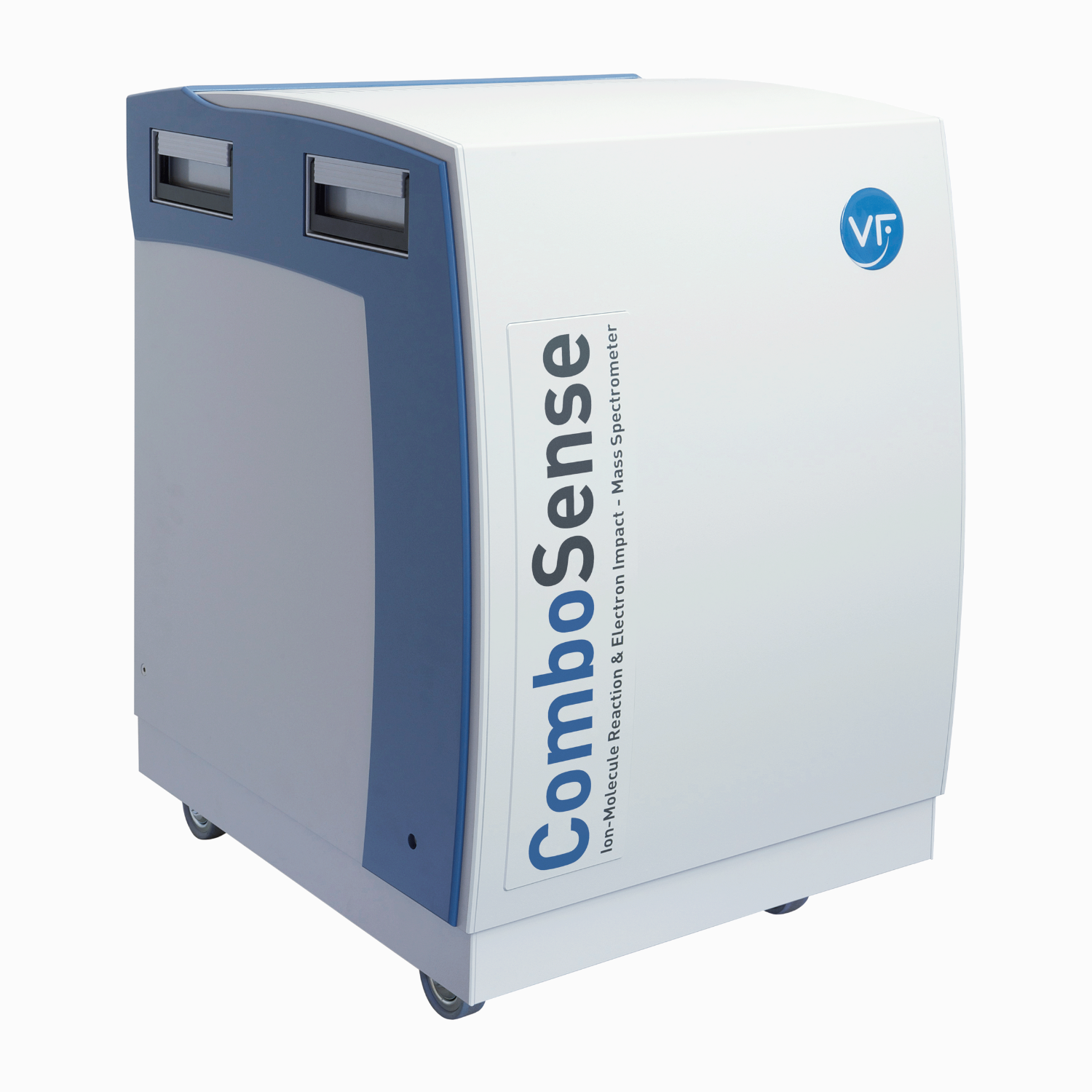CO2 acts as a greenhouse gas in the atmosphere and is the main cause of man-made global warming. The application area of carbon capture and storage is large point sources of CO2. CO2 capture technologies remove CO2 emissions from power generation and a wide variety of industries such as, for example, in iron and steel, fertilizers, cement, chemicals, and refineries. Among others, absorption treatment based on amine scrubbing is the predominant CO2 removal technology today and the dominant method used industrially to date.
In this process, the flue gas is fed into an absorption tower where it is absorbed by a liquid amine in a chemical reaction. This CO2-rich amine solution is then pumped into a regenerator where the chemical reaction between amine and CO2 is reversed. The lean CO2 liquid amine is pumped back to the absorber for reuse and the captured CO2 is then compressed, transported, and finally stored.
Various amine scrubbing processes are currently being tested to optimize CCS efficiency. The first priority is to reduce energy consumption so that only the smallest amounts of emissions are released into the environment. In addition, health risks should be minimized.















